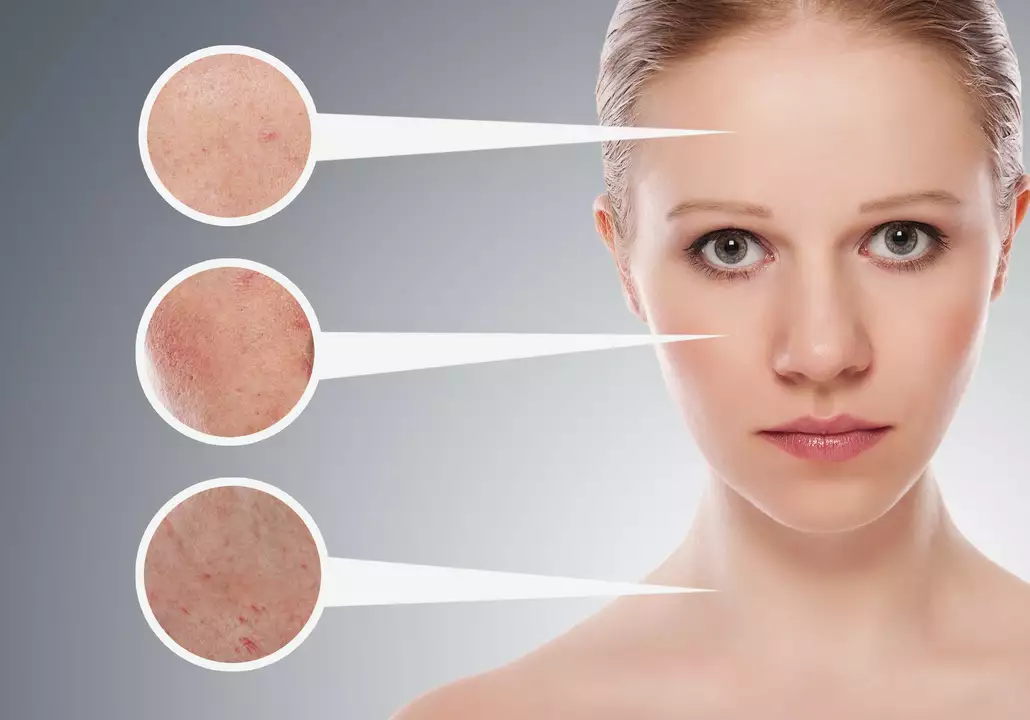Skin Care: Practical Treatments, Meds & Simple Routines
Want clearer skin without wasting time or money? Start with what actually works: a simple routine, sunscreen every day, and knowing when medicine is needed. Many people try dozens of products and still struggle because they miss basic steps or keep using irritating ingredients. Below I’ll cut through the noise and give clear, practical guidance you can use right away.
When OTC care is enough — and when to see a doc
If your skin problem is mild—occasional pimples, dry patches, or basic irritation—start with over-the-counter basics: a gentle cleanser, non-comedogenic moisturizer, and SPF 30+ daily. For acne that’s moderate or won’t respond after 8–12 weeks of OTC benzoyl peroxide or adapalene, it’s time to visit a provider. Some conditions — painful cysts, spreading infection, sudden rashes, or wounds that don’t heal — often need prescription meds like topical erythromycin or oral antibiotics. Topical erythromycin can help acne and some bacterial skin infections, but doctors now watch for resistance and prefer combining it with benzoyl peroxide.
Daily routine and safe use of topical meds
Keep your routine short: cleanse once or twice daily, apply targeted treatment (retinoid or benzoyl peroxide at night, acne spot treatments during the day), then moisturize and sunscreen each morning. If you use a prescription topical antibiotic, follow directions exactly — usually thin layers once or twice daily. Don’t layer multiple strong actives at once; that often leads to redness and peeling. If you’re prescribed oral meds for acne or infection, ask about side effects, interactions, and how long you should expect to take them.
For inflamed patches or eczema, topical steroid creams give fast relief but should be used sparingly. Use lowest effective potency and follow time limits your clinician recommends. Long-term or frequent steroid use can thin skin and cause other issues, so ask about steroid-sparing options—moisturizers, topical calcineurin inhibitors, or non-steroid anti-inflammatories.
Worried about scarring or pigment changes? Treat active inflammation quickly and protect skin from sun. For post-inflammatory hyperpigmentation, daily sunscreen plus a targeted brightening agent (like azelaic acid or topical retinoids) helps over months. For deep scarring, consult a dermatologist about procedures—microneedling, laser, or fillers are options depending on the scar type.
Quick checklist you can use today: 1) Gentle cleanser, 2) Treat active spots with proven meds, 3) Moisturize, 4) Wear SPF every day, 5) See a clinician if it’s painful, spreading, or not improving. Want help matching a treatment to your specific issue? I can point out options based on what you’re dealing with—acne, eczema, rosacea, or scarring. Ask me about one problem and I’ll give a focused plan.




